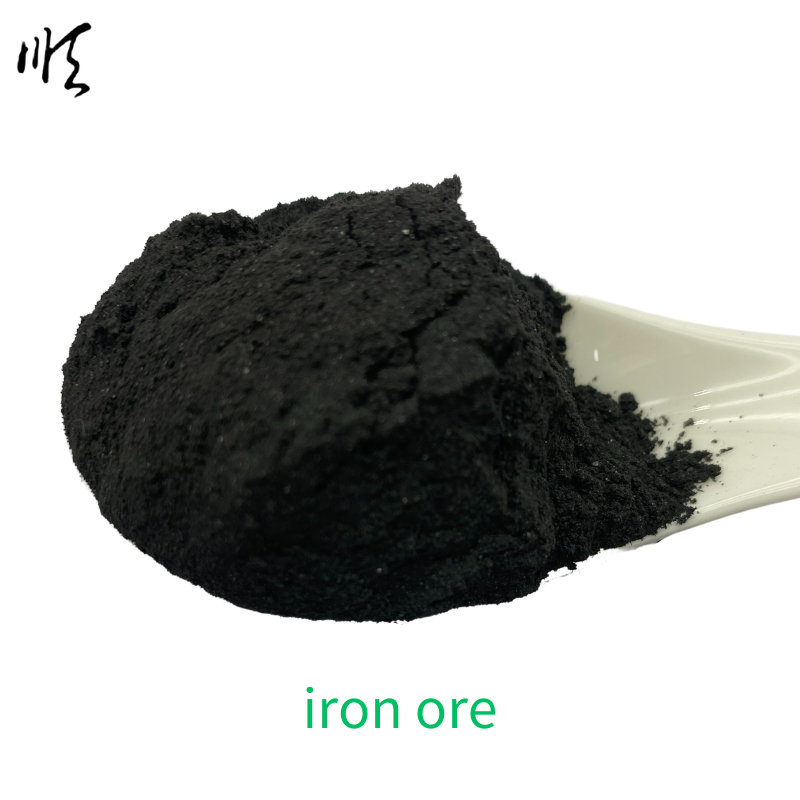
China Fly Ash - Quality Construction Materials and Solutions
The Rise of Fly Ash Utilization in China
Fly ash, a byproduct of coal combustion in power plants, has emerged as a significant material in construction and infrastructure development in China. As the country continues to grapple with rapid urbanization and industrialization, the effective use of fly ash presents an opportunity for sustainable development while simultaneously addressing environmental concerns.
.
One of the most promising uses of fly ash is in the production of concrete. When incorporated into concrete mixes, fly ash can enhance the material's performance by improving workability, reducing permeability, and increasing long-term strength. Furthermore, the use of fly ash in concrete contributes to sustainability by reducing the demand for Portland cement, the production of which is a major source of carbon dioxide emissions. As a result, using fly ash not only helps to mitigate the environmental impact of construction activities but also promotes the circular economy.
china fly ash

The construction industry in China has witnessed a significant shift towards the utilization of fly ash, reflected in various infrastructure projects across the nation. High-speed railways, dam constructions, and urban buildings have increasingly incorporated fly ash in their designs. This trend not only underscores the versatility of fly ash but also highlights its role in creating more resilient structures.
Despite these advancements, challenges remain in the widespread adoption of fly ash as a primary material. Issues related to quality control, variability in fly ash properties, and a lack of standardization can hinder its acceptance in some segments of the construction industry. To overcome these challenges, ongoing research and development efforts are required to establish guidelines and best practices for fly ash usage.
In conclusion, fly ash symbolizes a crucial step towards greener construction practices in China. By turning waste into valuable resources, China is not only addressing environmental issues but also setting a precedent for sustainable development in the construction sector. As the nation continues to innovate and adapt, the future of fly ash utilization looks promising, paving the way for smarter, greener infrastructure solutions.
Share
-
Premium Pigment Supplier Custom Solutions & Bulk OrdersNewsMay.30,2025
-
Top China Slag Fly Ash Manufacturer OEM Factory SolutionsNewsMay.30,2025
-
Natural Lava Rock & Pumice for Landscaping Durable Volcanic SolutionsNewsMay.30,2025
-
Custom Micro Silica Fume Powder Manufacturers High-Purity SolutionsNewsMay.29,2025
-
Custom Mica Powder Pigment Manufacturers Vibrant Colors & Bulk OrdersNewsMay.29,2025
-
Custom Micro Silica Fume Powder Manufacturers Premium QualityNewsMay.29,2025






